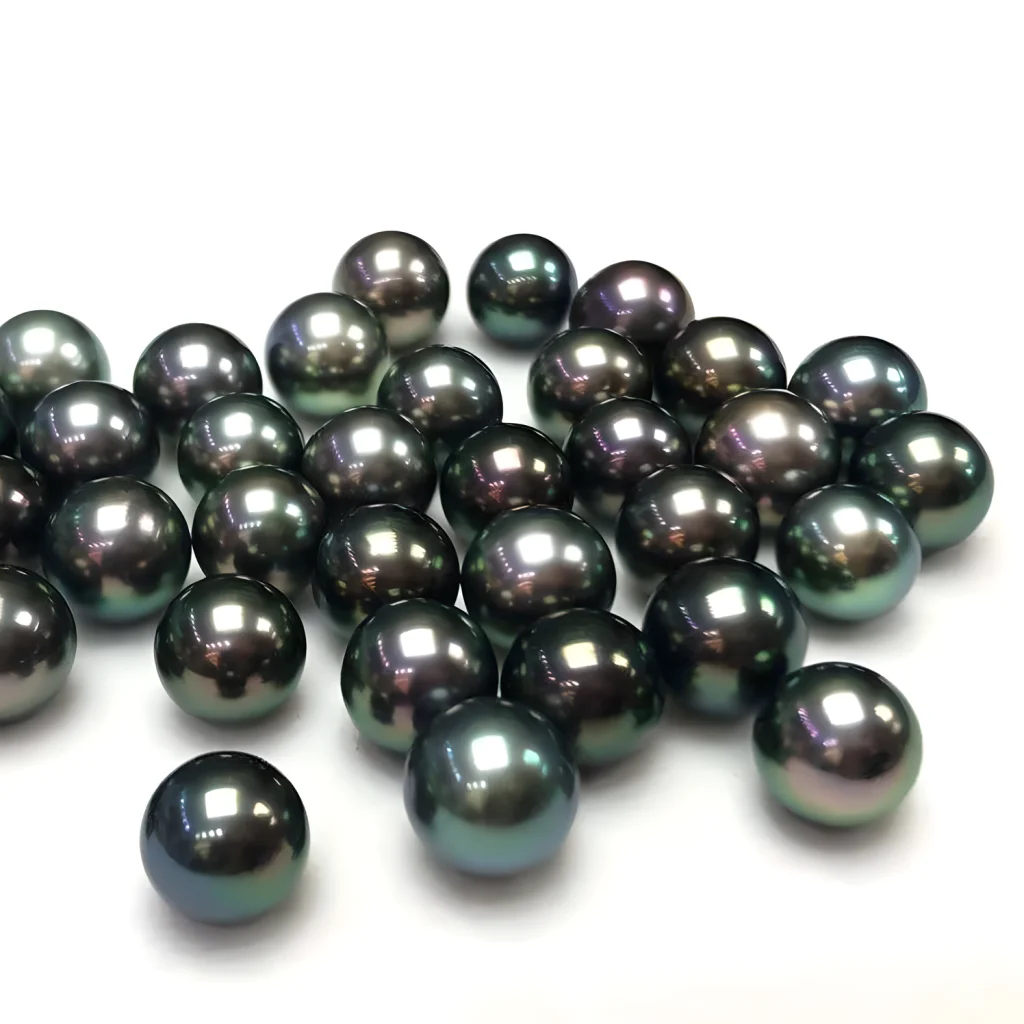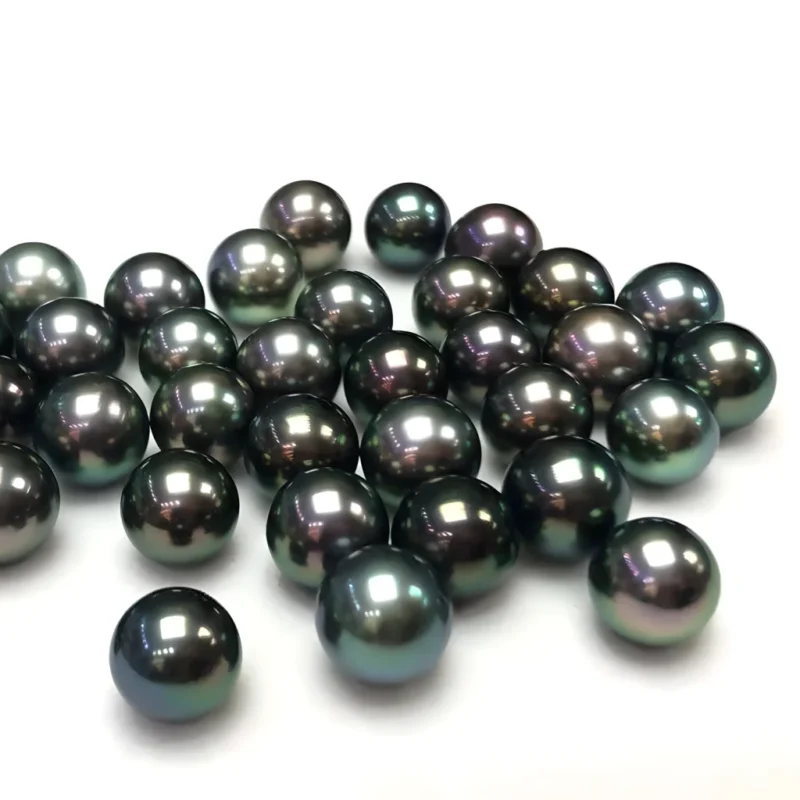The Origins of Cultured Saltwater Pearls

Understanding the Beginnings of Saltwater Pearls
Saltwater pearls are treasured ocean gems, embodying natural beauty and human craftsmanship. But where do they begin their journey? The answer lies in the mother oysters, which produce these stunning pearls through a delicate and intricate process. This article will explore the origins of these pearl-producing oysters, the methods behind their cultivation, and the modern challenges pearl farmers face today.

The Varied Origins of Pearl Oysters
Cultured saltwater pearls have different beginnings based on the species and the farming techniques used. Each pearl has a unique journey, influenced by the way its mother oyster is sourced and raised.
Akoya Pearls: The Role of Artificial Hatcheries
Akoya pearls, prized for their roundness and luster, are primarily grown using artificial hatcheries. The process starts by breeding oysters and hatching their larvae in controlled environments, known as “seeds.” These are nurtured until they become juvenile oysters strong enough for the insertion of a pearl nucleus. This hatchery approach ensures a reliable and consistent supply of oysters, minimizing the environmental and population pressures caused by collecting wild oysters(GIA 4Cs).
Natural Collection of Pearl Seeds: An Age-Old Practice
Historically, the standard practice was to collect natural pearl seeds from the wild. Specialized equipment was used to gather juvenile oysters from their natural habitats, where they would naturally breed. Once collected, these young oysters were raised in controlled settings until mature enough for nucleation. Although labor-intensive and unpredictable, this traditional method is still practiced in some regions.

Modern Techniques in Pearl Farming
The Three Methods of Seed Collection
For the cultivation of saltwater pearls, there are three main techniques to source pearl seeds:
- Artificial Hatchery Cultivation: Breeding oysters in laboratory conditions and nurturing the larvae until they are ready for nucleation.
- Natural Seed Collection: Collecting wild larvae using special devices placed in oyster habitats.
- Direct Wild Harvesting of Adult Oysters: Gathering mature oysters directly from the wild for pearl cultivation.
In ancient times, the latter two methods were prevalent. However, with technological advancements and the development of hatcheries, controlling the entire breeding process has become more efficient.
The Shift Toward Artificial Hatcheries
Today, most pearl farms use hatchery-bred oysters to ensure consistent growth and quality. Tahitian pearls, for example, are predominantly cultivated this way. While this approach has led to predictable outcomes, some pearl enthusiasts note a decline in the variety of colors and overtones seen in pearls, as hatchery populations lack the genetic diversity found in the wild.
The Pearl Quality Dilemma
Impact of Seed Origin on Pearl Quality
The quality of a pearl is not solely determined by the oyster species but also by how the oyster is grown. Naturally collected oysters can yield pearls with a broader range of colors and overtones, whereas hatchery-bred oysters tend to produce pearls with more uniform characteristics, sometimes at the expense of rarity and unique coloration(Rausser College).
How Modern Methods Affect Color and Luster
One aspect of modern pearl cultivation that has sparked discussion is the perceived decline in pearls with exceptional color and luster. This is thought to be a result of reduced genetic diversity in hatchery-bred oysters. While cultivating pearls has become more refined, some argue that the natural beauty of older, wild-collected pearls is harder to replicate today.
The Unique Case of South Sea Pearls
A Brief History: Wild Silver-Lip Oysters
South Sea pearls, particularly the white and golden varieties, are produced by the silver-lip oyster (Pinctada maxima). Historically, these oysters were found throughout Southeast Asia and northern Australia. However, overharvesting severely depleted their populations, confining their natural range and pushing farmers to develop sustainable practices.
Australia’s Conservation Efforts and Their Effects on the Industry
Australia remains the primary region where wild silver-lip oysters are collected under strict regulations. The Australian government halted issuing licenses for wild oyster collection decades ago to preserve this resource. Consequently, most South Sea pearl farms outside of Australia use hatchery-bred oysters for cultivation. The balance between conservation and farming ensures pearls from this region are not only of high quality but also sustainably sourced.
Summary and Final Thoughts
The journey of a saltwater pearl, from a tiny seed to a lustrous gem, is a fascinating blend of nature and human ingenuity. While traditional methods once dominated the pearl industry, modern farming practices have transitioned to hatchery-bred oysters for sustainability and consistency. However, as techniques evolve, so too does the character of the pearls produced.
For those interested in the history and complex processes behind these ocean treasures, understanding the journey of the mother oyster provides a deeper appreciation for the pearls worn and cherished today. Whether wild or cultivated, each pearl tells a story of craftsmanship, environment, and dedication—a tale as timeless as the gems themselves.
